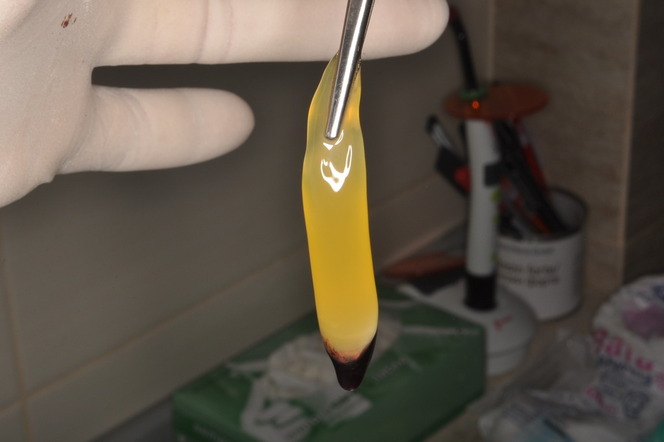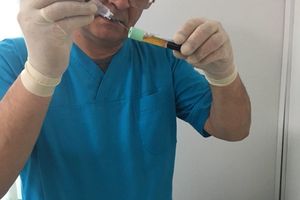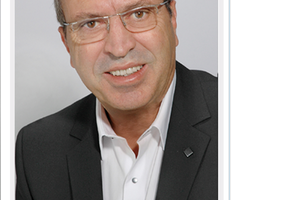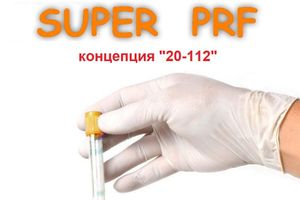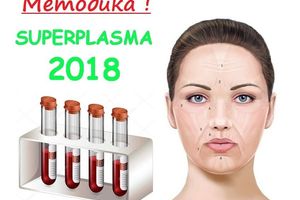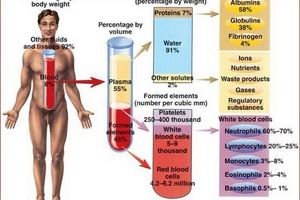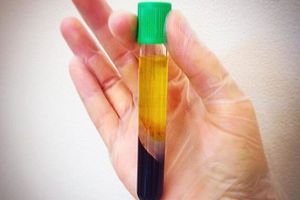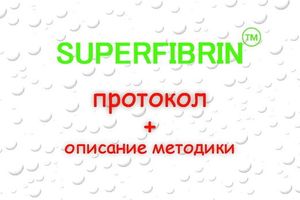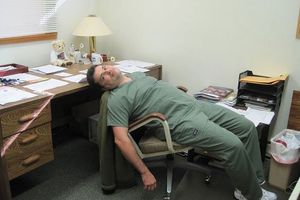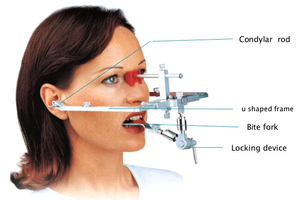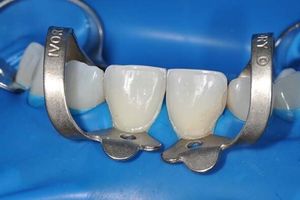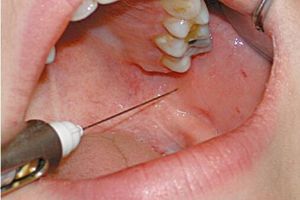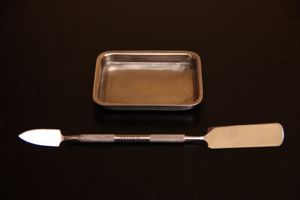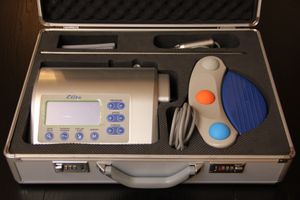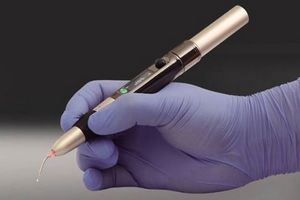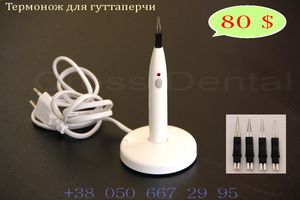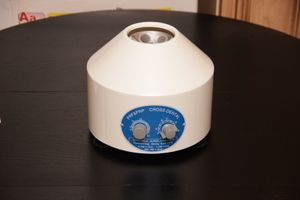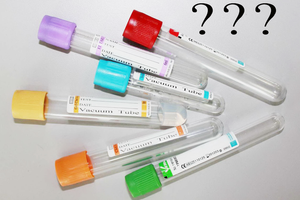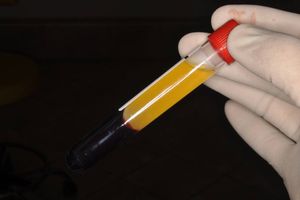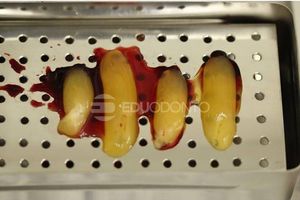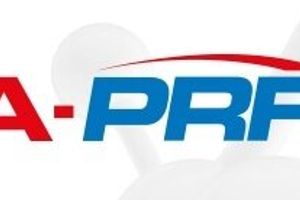How to cook PRF-clots
This article is our intellectual property and is available for review on the terms of payment of a monetary reward in the amount of the equivalent of $ 10 (US dollars). We entrust payment control to your conscience by analogy with European principles, when, for example, a person pays in good faith for the strawberries he has picked in a foreign field.
Payment details for Ukraine: UA093052990000026009005003772 (FOP Verveiko O.M.)
For other countries: 4441114419843634 (Vitalii Verveiko)
PAYPAL: cross-fm2@mail.ru
Every dental implant surgeon should buy a PRF-BOX and a PRF centrifuge!
Why is it so important? Here are five main reasons why you should use the PRF technique in dentistry:
Firstly, it is an additional service in your dental clinic that distinguishes you from others. Know-how, so to speak.
Secondly, it is your additional income.
Thirdly, it is cheaper for the patient, and therefore, it is easier for the patient to agree to treatment. The income of the clinic will only increase due to the increase in the flow of patients. After all, xenogenic bone materials are expensive and bring profit only to the sellers of these materials.
Fourthly, not all patients are morally ready to agree to the use of cadaveric bones and skin of animals, and even more so of humans, in the treatment. And it is much easier to accept material prepared from one's own blood.
Well, and fifthly, it's really effective! Your patients will be very pleased if, for example, after the extraction of the tooth they will not have pain, and the hole will heal quickly and without complications.
Many doctors want to know more about what is PRF?
PRF (Platelet Rich Fibrin) is platelet-rich fibrin obtained from a patient's blood by centrifugation in the doctor's office. In fact, this is a condensed part of the plasma, devoid of red blood cells.
Where is PRF applied?
Here are some indications for the use of PRF - fibrin clots:
| - sinus lift |
| - soft tissue augmentation |
| - bone tissue augmentation |
| - periodontal problems |
| - post-extraction management of the patient |
|
- regeneration of gum and skin wounds |
How does it work?
Within 7 days, the following substances are slowly released from the clot:
| Leukocytes | Stimulate progenitor cells capable of forming new bone. Monocytes turn into macrophages, and this enhances bone stimulation. |
| VEGF | Vascular endothelial growth factor is a signal protein produced by cells to stimulate vasculogenesis and angiogenesis. |
| PDGF | Platelet-derived growth factor is a protein, one of numerous factors growth. Plays an important role in angiogenesis. |
| TGF-beta | Transforming growth factor beta is a protein that controls proliferation, cell differentiation and other functions in most cells. |
| Proteins |
They play an important role in the process of angiogenesis, stimulate tissue growth. |
| TSP |
Thrombospondin is one of the main inhibitors of angiogenesis, affecting the adhesion and growth of endothelial cells. |
| IGF-1 |
Insulin-like growth factor-1 - a protein from the family of insulin-like growth factors |
|
BMP-2 BMP-7 |
Bone morphogenetic proteins are capable of inducing bone growth, namely, affecting the proliferation and differentiation of four types of cells - osteoblasts (OB), osteoclasts (OC), chondroblasts and chondrocytes. |
There are several main types of PRF: regular PRF, A-PRF, Superfibrin (maximum efficiency), i-PRF and Sticky bone. It should be noted that the first two types are almost identical. And the last two types are also almost the same. Let's consider in more detail.
1) PRF is the most common fibrin clot that has been used in dentistry for over 15 years. It is prepared in special vacuum tubes with a plasma activator - these are either plastic tubes with silicon oxide SiO sprayed on the inner walls, or glass tubes without additives (glass itself is a plasma activator). These are usually tubes with a red cap, although the color of the cap is often the same for different tubes with different contents. Sold in specialized stores. Centrifugation time is about 8-12 minutes. The speed for our centrifuge is 3000 rpm.
PRF tubes can be purchased here: http://cross-dental.com/products/probirki-dlya-prf
2) A-PRF (advanced) - obtained at a lower speed, for our centrifuge it is 2000 rpm. Reducing the centrifugation speed contributes to a more uniform distribution of growth factors in the clot and a greater concentration of these factors. Centrifugation time is about 15 minutes. It is worth noting that different patients have different blood properties, and a decrease in the centrifugation speed reduces the erythrocyte sedimentation rate. And if your patient's plasma fibrin clots before the erythrocytes settle, the clot will have an admixture of unnecessary erythrocytes, as in this photo:
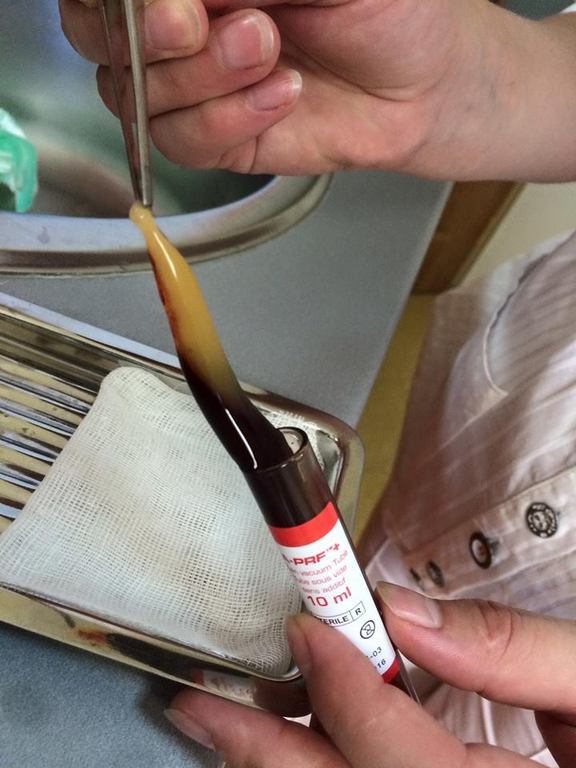
Tubes for A-PRF are almost the same as for regular PRF. The technique lies in low centrifugal acceleration, and not in some special test tubes. You can buy tubes for APRF here.
3) i-PRF (injectable PRF) - blood plasma obtained by centrifugation, which will turn into a clot a few minutes after centrifugation in an i-PRF tube. There is no secret. I repeat: no secret! We take a test tube without an activator, the centrifugation speed for our centrifuge is 1500 rpm. Time is only 3 minutes. What is the principle of injectable PRF? In three minutes of centrifugation, some of the erythrocytes in the upper part of the tube have time to settle, and the plasma in the upper part of the tube has not yet had time to thicken. That's all miracles! By taking this plasma from a test tube, we get i-PRF. In its pure form, this plasma will thicken in 10 minutes (+/-). And if a crushed PRF clot is added to the wetted material, the plasma thickens faster (about 3-5 minutes).
4) Sticky bone is the same i-PRF proposed by a Japanese professor even earlier than i-prf, but with its own nuances. The Japanese suggests using a special test tube without a plasma activator. Centrifugation is carried out on almost the same centrifuge modes as when receiving conventional PRF (see table below). The goal is to get pure plasma, which then also thickens due to the fibrin contained in it. But due to the lack of clotting activator in vitro, the thickening rate is much slower. You can buy test tubes for Sticky Bone HERE
5) SUPERFIBRIN - a technique that differs from all previous ones in the maximum concentration of growth factors in the clot - 300% higher than in APRF and 500% higher than in PRF. To prepare perfect clots using the Superfibrin method, you need to use special tubes (link), these are not the same tubes that are used for PRF and APRF. More information about the Superfibrin method can be found at the link.
6) PRP plasma therapy - isolation of the patient's blood plasma saturated with platelets and growth factors in special test tubes with sodium citrate. The latter prevents blood clotting, so fibrin remains in a free, unbound state. The plasma obtained by this method is used in cosmetology for biorevitalization (rejuvenation) of the facial skin. Tubes with blood should be carefully inverted to mix the blood with sodium citrate, then centrifuged for 8-12 minutes at 3000 rpm.
7) Plasmolifting - a technique for obtaining injection plasma, which differs from the PRP technique only in the anticoagulant of the test tube. For plasmolifting, test tubes with sodium heparin are used. The gel proposed by the author of the technique is commercial in nature and helps to reduce the concentration of platelets and growth factors. Centrifuge speed 3000 rpm, time 5-8 minutes.
8) Superplama - our author's development of a technique for obtaining ideal plasma for plasma therapy and plasma lifting. Read more here
What do you need to work with PRF?
Of course, first of all, you need to buy a PRF centrifuge with a tube angle of 40 degrees. This centrifuge is also ideal for Plasmolifting. I will write about this below.
In 2019 we have a new Cross-D Premium centrifuge, it's perfect! You can buy at the link
Tubes for PRF. You can buy them HERE. I would like to draw your attention to the fact that these test tubes are universal and are excellent for all types of PRF, including APRF. For other methods, other test tubes are used, find them here.
Then, you need PRF-BOX. Simply put, the PRF box is a tray for squeezing out fibrin clots and turning them into fibrin membranes and fibrin plugs. And also for storing them in a box. Membranes are used to dig up bone materials, close perforations of the Schneider membrane, and plugs are used to fill the holes of extracted teeth. Also, PRF clots can be used to fill the maxillary sinus for a sinus lift. The resulting exudate containing proteins can be used to wet bone materials and the surface of implants (although this procedure has been used less and less recently).
PRF membranes are quite dense and strong, easy to process: cut, suture, use in tunnel technology. Working with them is a pleasure! It is permissible to store membranes and plugs in the box for 4 hours. Sterilization of the PRF-BOX is predominantly in class B autoclaves.
The next necessary device is a paddle for PRF. This is a special tool with two long working parts. A squeezed membrane is laid out on this instrument for the convenience of further manipulations. Watch the video .
Next, the PRF bowl. This is a small tray with low sides for wetting the graft with injectable PRF.
Here you can buy a PRF kit at a very good price.
Castroviejo scissors will not interfere either. You can buy here.
Let's move on to practice. Centrifugation modes in our centrifuge.
Regular PRF3000 rpm, 8-12 minutesSUPERFIBRINpaid information, link aboveSUPERPLASMA
paid information, link above
A-PRF2000 rpm, 15 minutes i-PRF1500 rpm, 3 minutes Sticky bone3000 rpm, 5-8 minutes PRP3000 rpm, 8-12 minutes Plasmolifting3000 rpm, 5-8 minutes
Colleagues, and remember! There are no magic 2700 and 700 rpm! The purpose of centrifugation is to sediment erythrocytes. And this will happen at a speed of 2700, and at 2800, and at 3500. And if we talk about speed, it is just an indirect indicator. The main indicator that is taken into account is the g factor (RCF, centrifugal acceleration). The value of centrifugal acceleration depends on TWO components: the speed of rotation and the radius of the rotor, i.e. distance from the test tube to the central axis of the centrifuge. In different centrifuges, a different value of the radius, and therefore the centrifugation speed will be different. If you deviate from the recommended speed by +/- 500 rpm, NOTHING WILL HAPPEN! Below is a nomogram for determining centrifugal acceleration. Additionally, I inform you that the radius in our centrifuges is 10 cm.
By the way, the centrifugal field (acceleration) can also be calculated using the formula:
There is an easier way to determine the centrifugal force g using a calculator.
Secrets of a successful result (for the first time I share publicly)
1) Use only vacuum tubes and special catheters of the correct size and special holders to reduce the rate of blood sampling. It is strictly FORBIDDEN to take blood with a syringe and pour it into a test tube! The vacuum in the test tube is needed in order to draw blood from the vein into the test tube through the catheter.
2) When receiving any kind of PRF, start centrifuging the blood no later than 1 minute after taking each tube. For example, you filled 2 test tubes, put them to centrifuge, then you can fill the following test tubes and add them to the centrifuge at any moment of centrifugation of the previous tubes. End centrifugation should be guided by the time for the last added tubes. If you ignore this recommendation, the size of the clot will be smaller than it could be. For plasmolifting, this is irrelevant.
3) Before centrifugation, mix the blood in the tube. The plasma activator activates factor 12 - the higher the concentration of the activator and the better the blood is mixed, the more and faster thrombin is formed, which converts fibrinogen into fibrin. Hence, more clot.
You need to mix the blood gently, without shaking! Otherwise, hemolysis of blood in the test tube can occur. Just turn the tube up and down a few times.

4) If immediately after centrifugation you see through the tube that the clot is too small, don't panic! Go have lunch for 20 minutes. And when you return, the clot will be perfect :) My client Taras Boychuk, who sometimes conducts courses for dental surgeons, including the topic of PRF, sometimes even waits for 40 minutes, and then you ask on Facebook: what centrifuge, what speed, how many minutes did it spin, what test tubes? But it would not hurt to repeat hematology (physiology)! Let me briefly remind you that the process of blood coagulation consists of 3 phases:
Phase 1 - the formation of blood and tissue thromboplastin
Phase 2 - the transition of prothrombin to thrombin.
3 phase - the formation of fibrin.
Patients are different, the speed of the processes is also different. And when doctors do not understand the mechanisms of clotting, discussions and stupid advice appear on the forums, like: "try instead of 2700 to make 3200 rpm, then it will definitely work out ...".
5) Keep a couple of test tubes filled with alcohol or water in stock. They are needed as a counterweight to the centrifuged tube, if it is one or their number is odd. For example, in our 6-seat centrifuge, when centrifuging one tube, it is best to put two more water/alcohol tubes into the centrifuge to make a triangle. This is necessary to balance the centrifuge.
On this, in fact, you can finish. Although no! A few more words about test tubes for plasmolifting. "Branded" test tubes are 10 times more expensive than regular ones exactly the same. Here I will not even advise buying "branded", because. there is no special scientific contribution of the "author" of plasmolifting. Why is the author in quotation marks? Because long before the appearance of TM "Plasmolifting", no different PRP-therapy was practiced. Abroad, plasmolifting is still called so: PRP-therapy or Plasma therapy.
So, about test tubes. For plasmolifting, you need to use test tubes with sodium heparin (green cap). Separation gel is absolutely not needed! I repeat, no release gel! Read more in my article Ineffective Plasmolifting. Gel is evil! You can buy test tubes for plasmolifting here: Test tubes for plasmolifting, your numerous patients will be happy with the low price of the procedure.
To consolidate knowledge, I suggest watching a thematic webinar video about PRF. Do not forget that Professor Chukrun sells equipment for PRF, therefore he often presents false information about centrifuges and test tubes.
Let me remind you that this article is our intellectual property and is available for review under the terms of payment of a monetary reward in the amount of the equivalent of $10 (US dollars).
Payment details for Ukraine:
UA093052990000026009005003772 (individual entrepreneur Verveyko O.M.)
For other countries:
4441114419843634 (Vitalii Verveiko)
PAYPAL: cross-fm2@mail.ru
If this material was useful to you and you are grateful to the author, you can contribute to the further development of science in the direction of PRF and PRP by paying a larger amount, because plasma analysis in a hematoanalyzer is an expensive procedure.
If you want to gain knowledge on this topic, I invite you to the Facebook page: CROSS-DENTAL
Full or partial copying of this article is prohibited!
Sincerely, author Vitaliy Verveiko (Crossovok)









